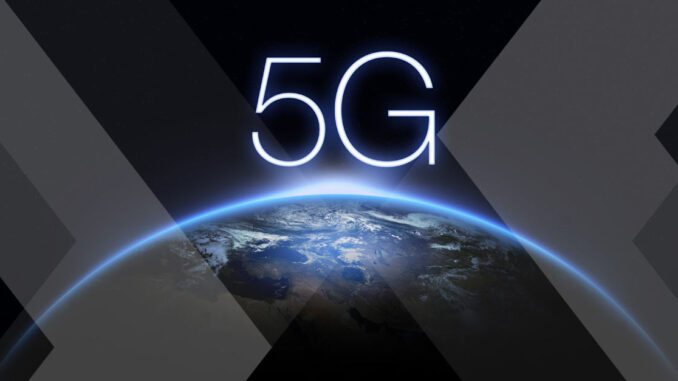
The implementation of 5G technology represents a significant advancement in telecommunications, promising to enhance connectivity, speed, and overall user experience across various sectors, including education, healthcare, manufacturing, entertainment, and beyond. Here’s an overview of the key aspects of 5G implementation:
1. Infrastructure Development – Network Architecture: The transition from 4G to 5G requires a shift in infrastructure, including the installation of new antennas and small cell networks to support the higher frequency bands used by 5G.










– **Edge Computing:** 5G infrastructures often incorporate edge computing, which allows data processing to occur closer to the end-user, reducing latency and improving performance for applications requiring real-time data.
### 2. **Spectrum Allocation**
– **Frequency Bands:** 5G operates across a range of frequency bands, including low-band, mid-band, and high-band (mmWave). Each band has its characteristics: low-band offers broader coverage but lower speeds, while mmWave delivers high speeds but over shorter distances and with limited penetration.
– **Licensing and Regulation:** Governments and regulatory bodies must allocate spectrum licenses to telecom operators, ensuring that they can deploy 5G services effectively while minimizing interference between different technologies.
### 3. **Collaboration Across Stakeholders**
– **Telecom Operators:** Mobile network operators play a pivotal role in deploying 5G networks, investing substantially in the installation of necessary infrastructure and technology upgrades.
– **Governments and Regulatory Bodies:** Collaboration between public and private sectors is crucial for creating regulatory frameworks that promote competition, investment, and the responsible use of spectrum.
– **Technology Providers:** Equipment manufacturers, software developers, and technology innovators need to work together to create compatible devices, applications, and systems that fully leverage 5G capabilities.
### 4. **Device Adoption**
– **5G-Enabled Devices:** The successful adoption of 5G technology hinges on the availability of compatible devices. Smartphone manufacturers, IoT device creators, and other technology firms need to produce and market 5G-compatible products.
– **Consumer Education:** Public awareness and understanding of 5G technology will affect its uptake. Educational campaigns can help users understand the benefits and capabilities of 5G.
### 5. **Application Development**
– **Innovative Solutions:** 5G enables new applications and services, such as enhanced mobile broadband, mission-critical communications, and massive IoT connectivity. Developers can create applications in areas such as smart cities, autonomous vehicles, telemedicine, and augmented/virtual reality.
– **Ecosystem Development:** A thriving ecosystem of developers, startups, and established companies is essential for fostering innovation and deploying 5G applications.
### 6. **Addressing Challenges**
– **Privacy and Security:** The implementation of 5G raises concerns about data privacy and security. Robust measures must be established to protect user data and secure networks against cyber threats.
– **Digital Divide:** Measures should be taken to ensure equitable access to 5G technology, particularly for underserved and low-income communities, preventing a widening digital divide.
### 7. **Regulatory and Policy Framework**
– **Standards Development:** Establishing international standards for 5G technology is essential for ensuring interoperability, security, and compatibility across different regions and manufacturers.
– **Policy Support:** Governments may need to create supportive policies and incentives to encourage investment in 5G infrastructure, fostering a competitive environment that attracts investments.
### 8. **Sustainability Considerations**
– **Energy Efficiency:** The deployment of 5G must consider environmental impacts, focusing on energy-efficient solutions in both the construction of infrastructure and the operation of networks.
– **Waste Management:** As technology evolves, the lifecycle of devices needs to be managed responsibly, including recycling and waste management protocols for old technologies being replaced by 5G.
### Conclusion
The implementation of 5G technology is a multifaceted endeavor that requires collaboration among various stakeholders, infrastructure development, and careful attention to regulatory, security, and social issues. As 5G continues to roll out globally, it presents an opportunity to drive innovation, enhance connectivity, and improve the quality of life across multiple sectors, shaping the future of how we communicate and interact with the digital world.


Leave a Reply